Manufacturing & Distribution Exec Publishes “Cloud Considerations for the Industry”
1/27/2016 –
Four years ago, the hype about the cloud was reaching fever pitch and with good reason. The cloud promised consumers a way to store massive amounts of data in a safe, easy-to-access, and cost-effective manner. It offered business users the promise of cheap access to computing services accessible from anywhere without any setup. Today, the hype has become reality and the cloud is part of everyday life. By the end of 2015, end-user spending on cloud services is expected to surpass $180 billion. Four out of five cloud adopters report process improvements within six months of moving to the cloud, while 82% indicate significant cost savings.
As enticing as the benefits may be, shifting to the cloud is not necessarily a “no brainer” for manufacturers and distributors. For many manufacturing and distribution operations, the first step in migrating to the cloud generally is moving servers and infrastructure out of the plant or warehouse and into a data center, regardless of whether that is a true cloud IaaS or a traditional data host.
The Break Down
From there, the issue has to be broken down by application.
For email, for example, a cloud-based solution is a relatively easy and inexpensive transition for most organizations. But for an application that runs the plant or warehouse and supports handheld scanners, the answer isn’t quite so clear.
First and foremost, bandwidth is critical. Factory line devices are probably wired devices, but they still have to talk to a controller or server somewhere.
Similarly, handheld scanners – which typically communicate via telnet transactions (short bursts of data) – need to have excellent access to the server. As a result, both the bandwidth and wireless network have to be rock solid. If either is inadequate, the shift to the cloud will be a failure. And truth be told, managers sometimes cut corners on costs, using the cheapest bandwidth available. If that’s the case, a cloud migration will be a recipe for disaster.
Gauging Priorities
Manufacturers and distributors also need to consider the extent to which information security is a priority.
Despite relatively high industry acceptance and the presence of software providers committed to best practices, information security remains a major stumbling block to cloud migration.Far too many organizations continue to settle for consumer-grade cloud computing software, despite the fact that their plants or warehouses may be managing sensitive data.
Bakeries, for example, typically keep critical recipes on a database. Because that database contains the keys to the kingdom in a highly competitive business environment, a security breach would be disastrous. Does that mean the cloud is out of the question? No, so long as a highly secure network can be designed.
For the bakery that chooses not to take that risk, the tradeoff may be a risk of equipment failure instead of the security risk. Because today’s cloud capabilities are far better than five years ago, though, an intelligent design can provide both security controls and a drastic reduction in costs, while delivering a redundant platform that avoids a disaster.
Cloud Options
To determine what will work best, companies need to understand the different types of clouds available (public, in which the entire cloud is available for public use; private, in which the cloud is used by only one entity; or community, in which the cloud is shared by several organizations, usually in the same industry) and the advantages each offers. Some organizations even employ a hybrid approach, storing less critical information on a public cloud and mission-critical data on a private cloud.
Despite those concerns, moving at least some applications to the cloud shifts costs from capital expenses to operating expenses. Additionally, the cost of running in AWS or Microsoft Azure can be dramatically lower than owning and managing the infrastructure yourself.
Still, somebody has to manage it all. You don’t just set up a cloud environment and walk away. In that sense, it is no different than an in-house environment.
Expanding Expertise
Because IT is now involved in the production line, building security, and maintenance, many traditional facility and production managers are now tasked with overseeing IT. Moving and managing IT functions in the cloud potentially can create an opportunity to provide expertise in IT management and oversight to staff who traditionally have not had the resources or know-how to manage it. If, on the other hand, you are outsourcing your IT support, you will still need that support at some level even if the machines are in the cloud.
Another key point here is that the environment is only as good as you design it to be. Here is where a cloud-based environment can pay big dividends. Suddenly, you have the ability to set up a really good, disaster-proof environment by designing a redundant infrastructure.
Backups don’t happen by themselves in the cloud – just like in your own data center – but now you have a chance to rebuild the whole thing, and get more value at lowercost.
Bottom line: moving to the cloud makes good business sense. Just make the move cautiously and ask questions every step of the way to make certain the system you choose provides the greatest benefits for your particular operation.
About American Technology Services, Inc. (ATS®)
American Technology Services, Inc. (ATS®) is a leading provider of comprehensive IT and web design and development services. Founded in 1994, the company has a strong track record of providing high-quality services to organizations of all sizes, from small and mid-sized associations and nonprofits, financial institutions, government contractors, and professional services firms to large corporations. ATS’ broad experience includes IT strategy & consulting, managed IT services & network support, web design & development, and managed hosting & cloud services. ATS is headquartered in Fairfax, VA with offices in Bethesda, MD, and Raleigh, NC. Learn more at networkATS.com.
If you would like more information on this topic, please contact Jeff Chandler at 703.876.0300 or by email at press@networkATS.com.

